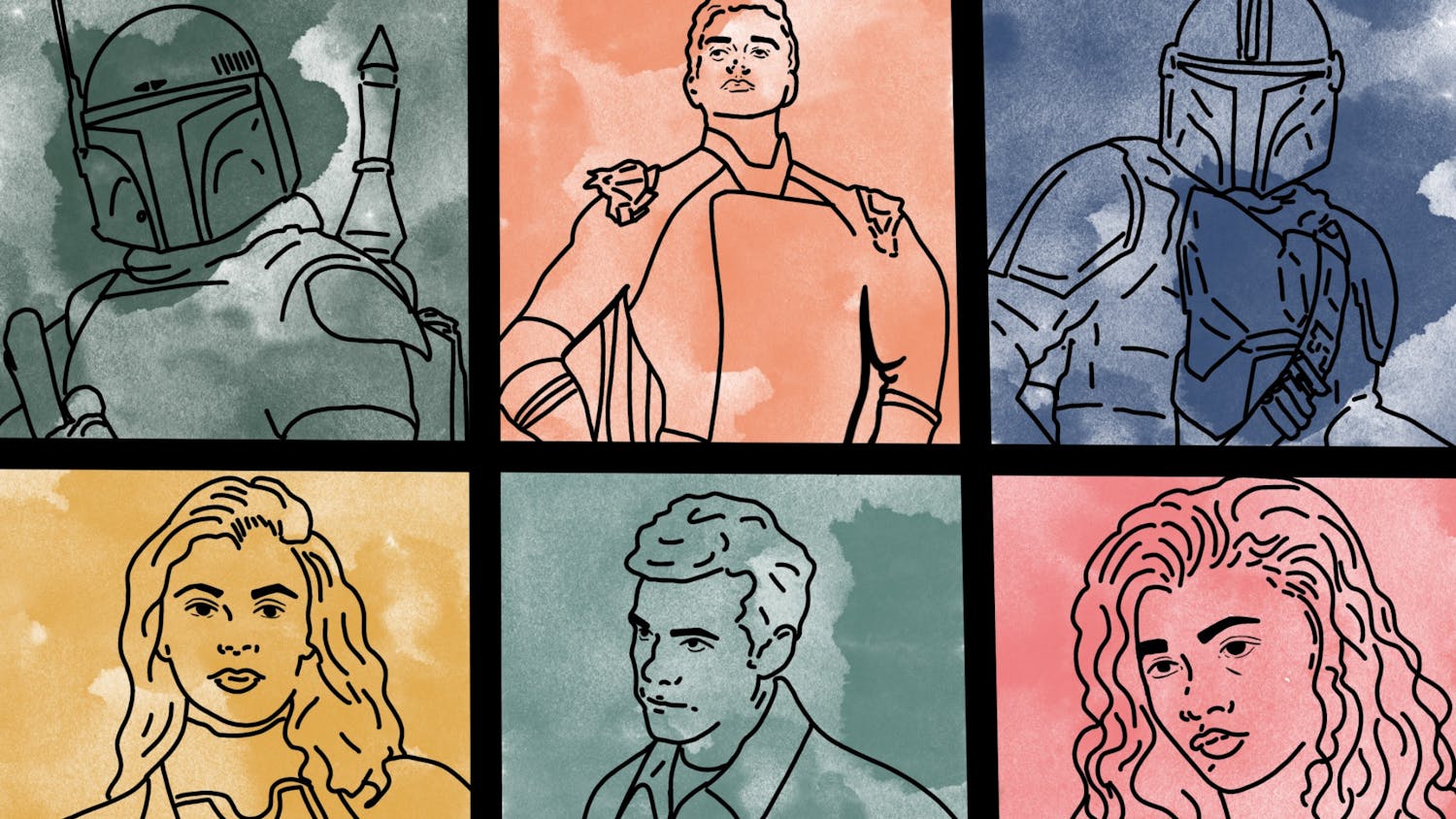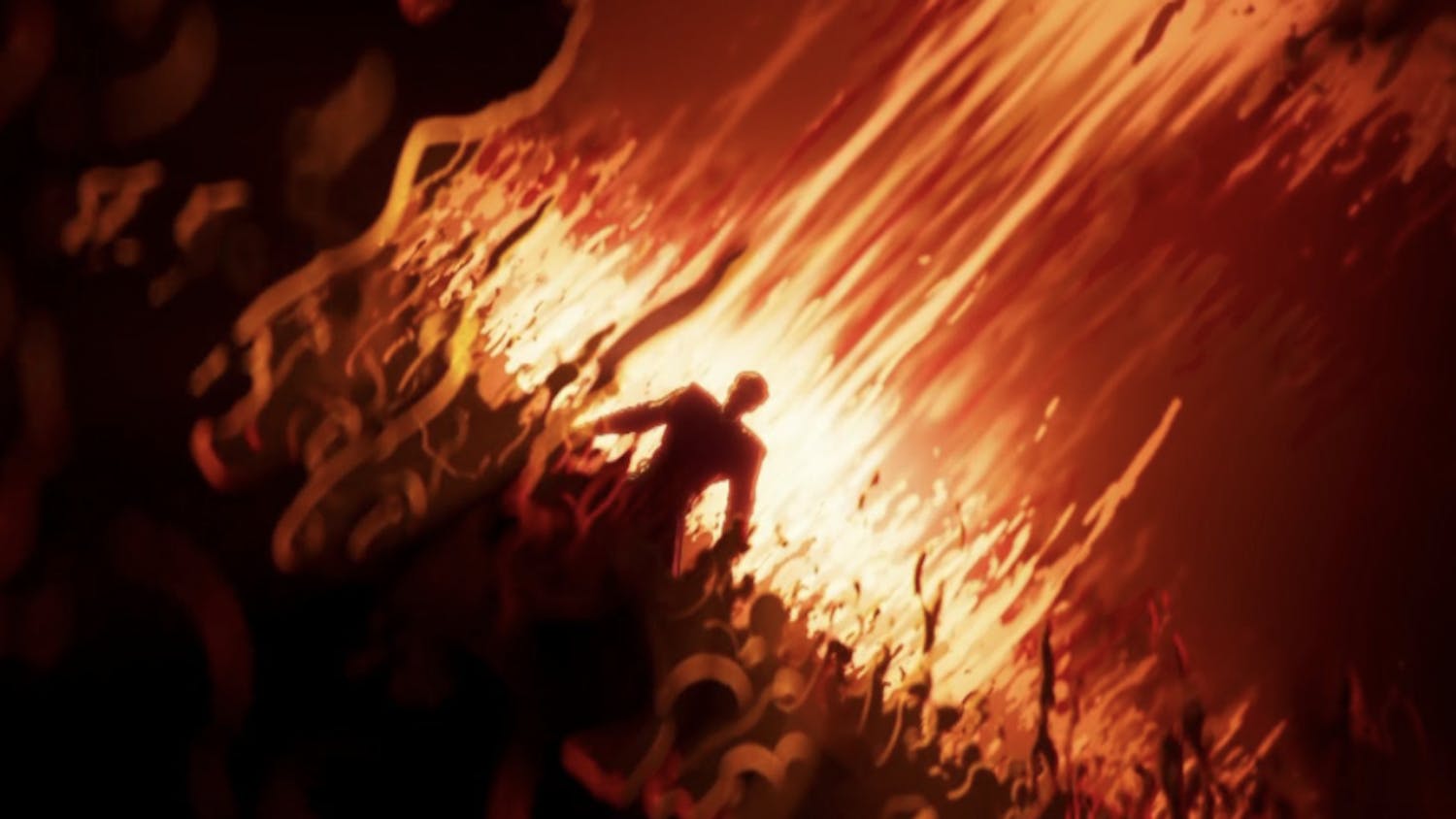Early in Digimon Story: Cyber Sleuth, the player character (Ami in my playthrough, Takumi for anyone who opts for her male counterpart) is trapped in a virtual world full of digital monsters. It’s reminiscent of the opening moments of the classic toy commercial masquerading as an anime from which it earns its name, with a few modern trappings, such as, instead of a summer camp, Ami and her companions meet up in their equivalent of a Discord server. Pretty quickly, though, things go off the rails. The rapid departure from an accessible baseline is reflective of the current state of the Digimon series as a whole.
Conceived in 1997 as a kind of tamagotchi keychain pet for boys, Digimon quickly found itself competing with the Pokémon franchise, which exploded onto the scene the year before. The two series had some bare elements in common — both had a flurry of tie-in toys, games and cartoons centered around young children setting off on wacky adventures with their miniature monster companions — but something about Pokémon’s cheery aesthetics and cutesy character designs won out over Digimon’s comparatively edgy and off-putting little freaks.
Since its decisive loss in the war for children’s hearts, Digimon has kind of just been doing whatever. Any effort to maintain a sense of continuity is lost, with the series splintering into a difficult-to-quantify number of independent timelines, united solely by a couple of recognizable character designs and thematic similarities.
Without the expectations of a super-franchise that have been foisted on Pokémon, Digimon has been able to explore new and different territory. Where Pokémon star Ash Ketchum has been ten years old for more than twenty years, Digimon’s original heroes were the subject of seven films exploring their late teenage and early adult lives. The movies are as strange as an earnest exploration of a children’s anime protagonist’s transition to adulthood sounds.
At the same time, Digimon has spent plenty of time exploring new worlds. Digimon Story: Cyber Sleuth, for instance, sets the so-called digital champions in a setting and gameplay loop reminiscent of the Shin Megami Tensei series, rife with strange cyberpunk dungeon crawls. An upcoming game, Digimon Survive, will place its protagonist at the center of a modern open-world survival game. The most recent Digimon anime, still a toy commercial at heart, pulls primarily from horror influences.
Because Digimon doesn’t have much to live up to beyond the little yellow keychain that gave birth to the series, it’s been able to careen off in different bizarre directions for the last twenty years. There is no canon for artists to hold themselves to - if things go too far off-track, they can always just become another one of Digimon’s dozen or so timelines. Digimon doesn’t have to be much of anything, which means Digimon gets to be a little bit of everything.
Opinion Writer






